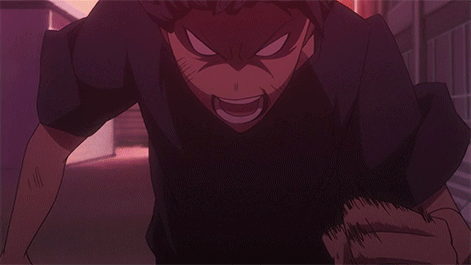They say that you see your whole life flashing before your eyes at the moment you think you’re about to die. But that’s not how it happened with me. What I remember was grass—lots of it.
I almost didn’t live long enough to see my seventh birthday. I was just six when I learnt that a brush with death can come as suddenly as a bad punch line. I was a six-year-old running for my life… and desperately contemplating grass.
A couple of decades later—thinking over a conceptual framework around human-computer interaction, it struck me just how appropriate it was, that in that near death experience, it would have been grass that was on my mind. It all comes down to context.

A True Story
I nearly died on the road home from preschool. We saw him when he was about 50 meters behind us. He was on our footpath but otherwise minding his own business.
The fact that he carried a machete was hardly alarming. Machetes were everywhere in Tanzania; everyone owned a “panga.” What was alarming was the man holding the machete, because behind us was the very distinctive figure of “Bwakila.”
Bwakila was a local bonafide mad man. His screws weren’t just loose—they were all off. And there he was: out of his mind, and in our path, and carrying a machete.
I cannot say what, at that moment, gave my friend the notion that what he was about to do next could possibly end any other way than in the disaster that followed. But we were all going to live to regret it.
“Bwakila!” he yelled.
Bwakila looked up the way one does when they hear someone call their name out in a crowd. He had stopped in his tracks and was now looking at us as though he was trying to figure out…….
Then he charge at us!
My memory from then on is a cocktail of adrenaline and fear and grass—but mainly grass.

Grass, whipping my shins as we race through savannah. Grass, making swooshing sounds behind us—a maniac on our heels. Grass, flying in gits as a machete crashes just feets from my ankles.
Chances are that you have never been chased by a machete-wielding mad man. But I would guess that you know the experience we call fight or flight.
Fight or flight is a moment of amazing mental efficiency. The human operating system processes an onslaught of signals and streams and messages, and distills innumerable variables down to a surprisingly clear binary decision: fight or fly.
Watch the video to see how fight or flight has everything to do with the future of user interface design: invisible interfaces; interfaces that think.
This talk was first given at the 2015 Beyond Tellerrand Conference.